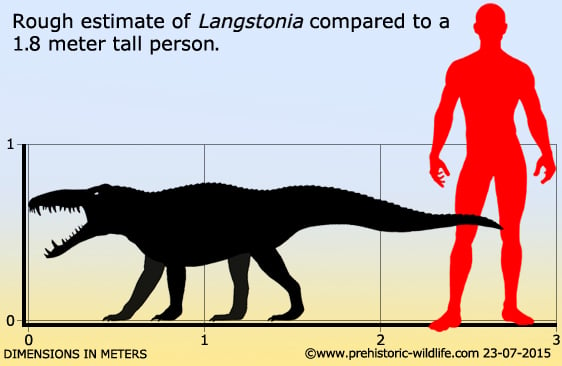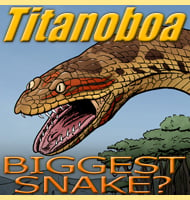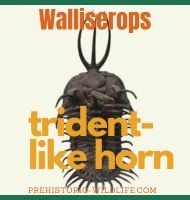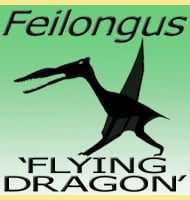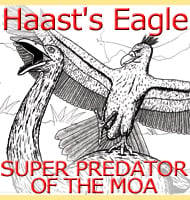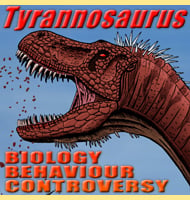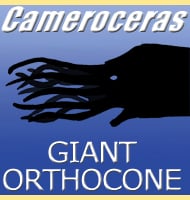In Depth
The holotype fossils of Langstonia were first recovered from Colombia in 1945, but they were not described until twenty years later when Wann Langston Jr. described them as a species of the genus Sebecus. For almost fifty years afterward various other fossils were tentatively placed with them and moved about until finally in 2007 a new study of the original fossils by Paolillo and Linares came to the conclusion that the holotype fossils did represent a species of Sebecus, but instead were those of a distinct genus. Langstonia was chosen as the name, and this was in recognition of the earlier work done by Wann langston Jr.
Though only known from fragmentary fossils mostly associated with the skull, we can tell that Langstonia would have been a predator, and one that was mostly terrestrial. We know these facts first because the teeth of Langstonia are known to be more laterally compressed than those of aquatic crocodiles that are more conical. The teeth are also serrated to allow them to more easily slice through flesh, meaning that Langstonia would try to inflict wounds that triggered severe blood loss as opposed to holding while trying to drown prey like an aquatic crocodile. What little of the post cranial skeleton that is known does at least show us the back would have been quite strong and rigid while the legs would have easily supported the body, both key features that would have been necessary to walk about comfortably on land. Langstonia has been considered to have been an ambush hunter, lurking amongst vegetation near game trails, and then leaping out and delivering a wounding bite to soft bodied prey such as the mammals living in South America at the time. Then Langstonia would stalk the prey as it grew weak from blood loss until finally succumbing to the wound, allowing the hunting Langstonia to begin eating.
With the holotype fossils of Langstonia coming from the mid Miocene, it can be noted that Langstonia would have been among the last notosuchian crocodiles to live before they finally went extinct. This extinction is thought to have been a result of the river systems and waterways of northern South America drying out as a result of the Andes Mountains rising up. This triggered a shift in the ecosystem which in turn caused new animal types to appear which Langstonia was not so well suited to hunt.
Further Reading
– New material of Sebecus cf. huilensis (Crocodylia: Sebecosuchidae) from the Miocene of La Venta Formation of Colombia. – Journal of Vertebrate Paleontology. 6: 20–27. – A. Busbey – 1986. - 2007. Nuevos cocodrilos Sebecosuchia del Cenozoico Suramericano (Mesosuchia: Crocodylia). - Paleobiologia Neotropical 3:1-25 - A. Paolillo & O. J. Linares - 2007. – The presence of Sebecus cf. huilensis Langston (Sebecia, Metasuchia) in the Middle Paleocene of the Itabora� Basin, Rio de Janeiro State, Southeastern Brazil. – Ameghiniana. 48 (4, Supplemento): R91–R92. – A. E. P. Pinheiro, D. A. Campos & L. P. Bergqvist – 2011.
